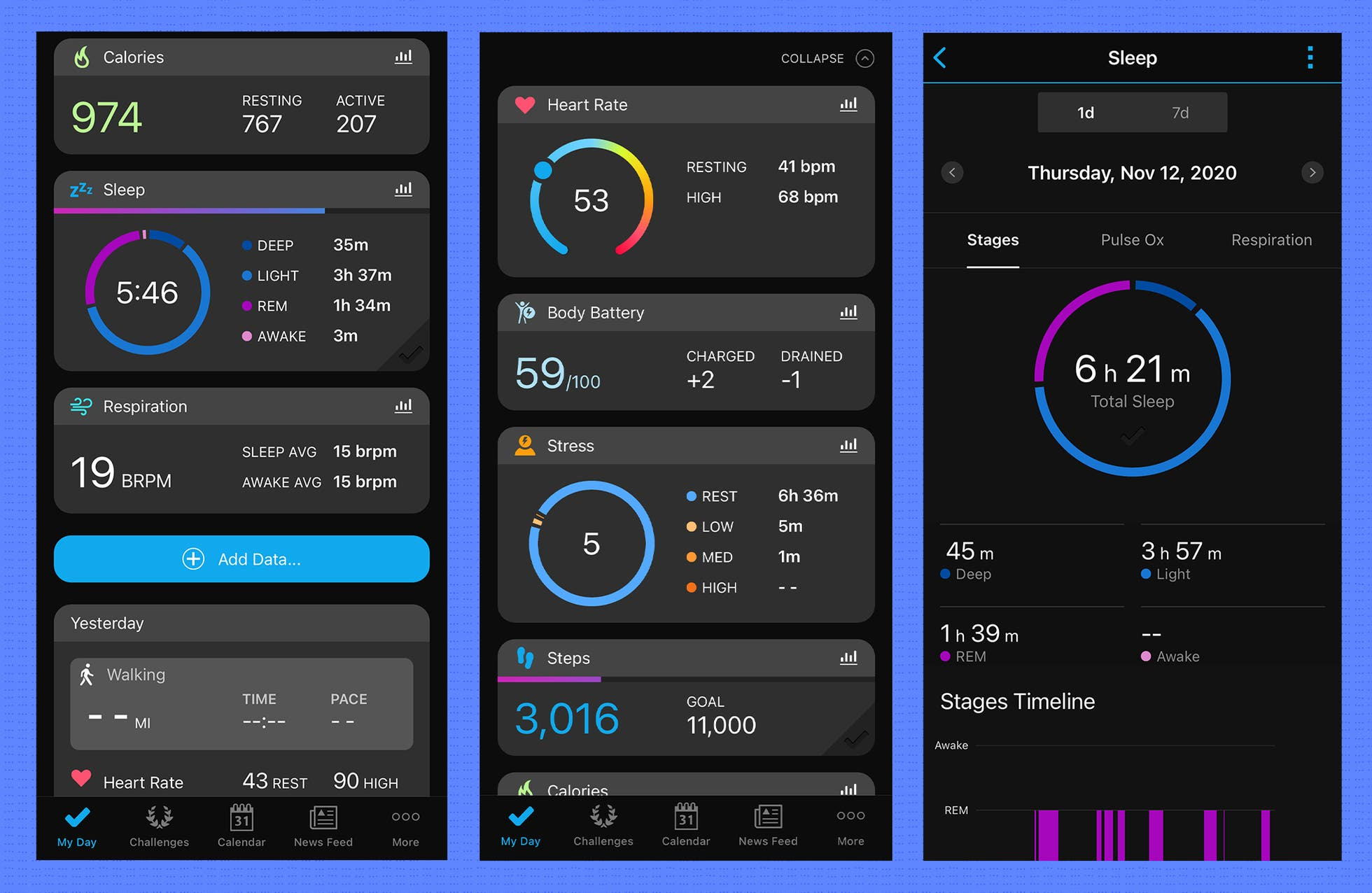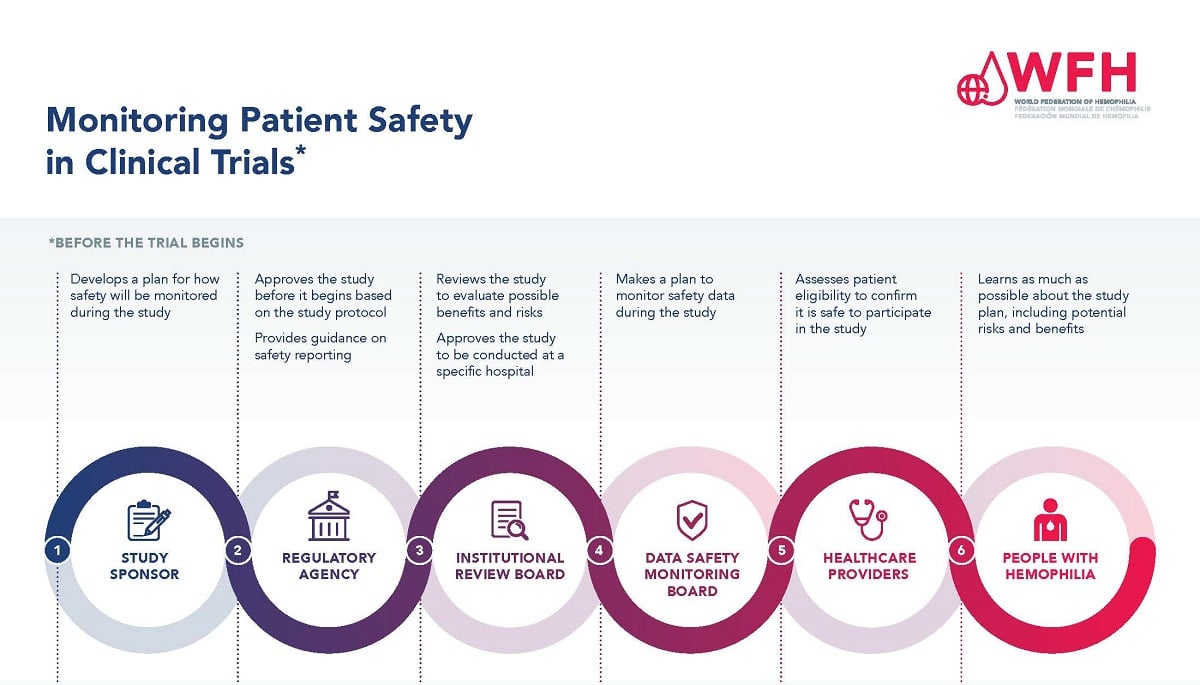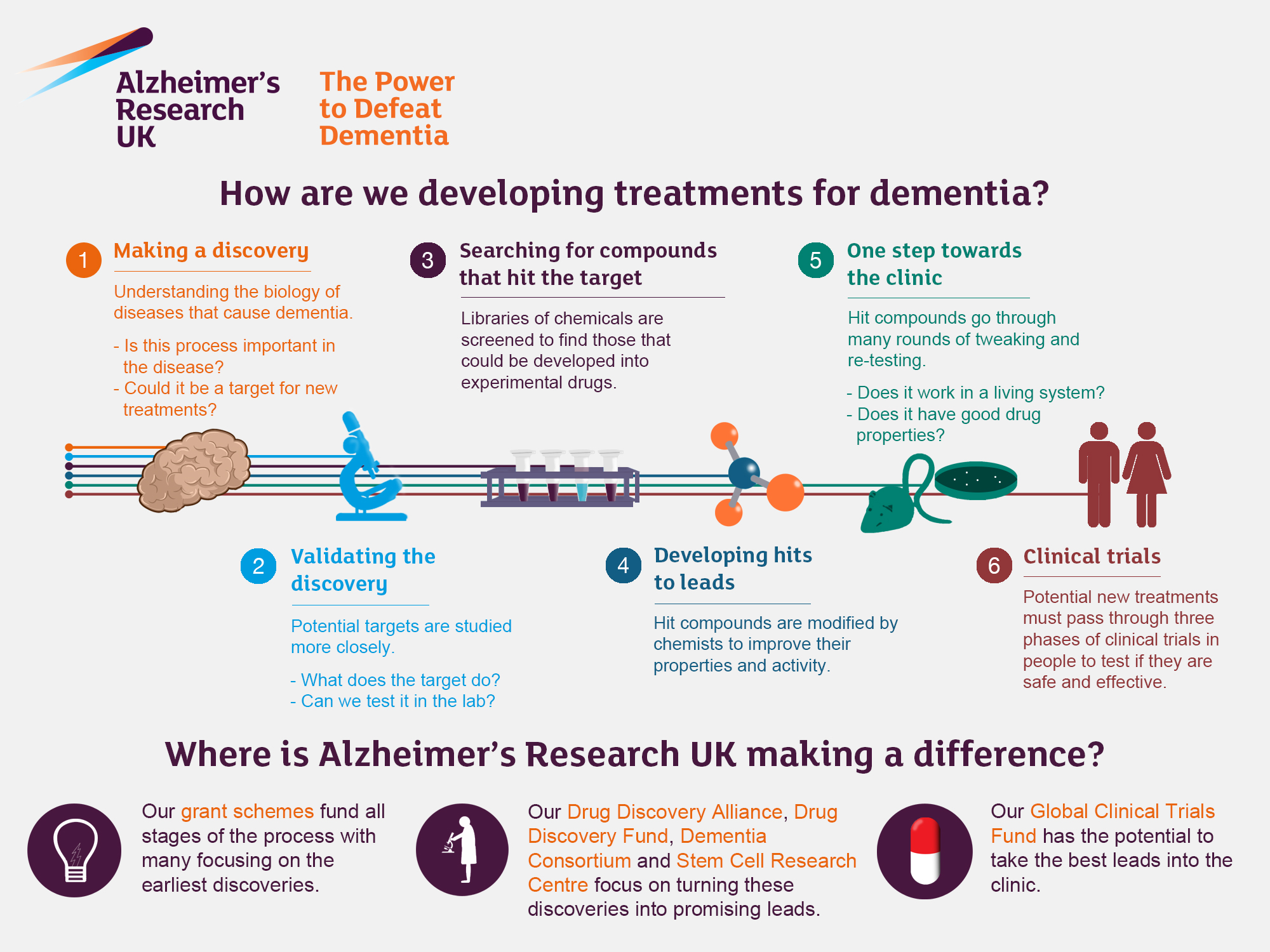Health Tracking is revolutionizing our understanding of the complex mechanisms behind learning and memory formation in the brain. By employing cutting-edge techniques, researchers are beginning to unveil the intricate relationship between synaptic plasticity and neurological disorders, such as Alzheimer’s disease. This breakthrough not only enhances our knowledge of brain function but also holds promise for developing new therapies aimed at treating dementia. With advancements in imaging technologies, scientists can now observe the very proteins that play a critical role in memory storage and retrieval. Ultimately, effective health tracking enables us to comprehend the physiological changes occurring during learning processes, potentially paving the way for interventions that could mitigate the impacts of cognitive decline.
The concept of monitoring health patterns has gained traction as an essential tool in neuroscience, shedding light on how memories are encoded and accessed. This approach, often referred to as cognitive health observation or neurological assessment, focuses on understanding the brain’s adaptive mechanisms and their implications for conditions like dementia. By analyzing the synaptic behavior and architectural dynamics underpinning cognitive processes, researchers can glean insights into the brain’s functionality. These methods allow for the exploration of memory-related conditions, providing a clearer understanding of how synaptic strength and plasticity interact. By leveraging these advanced techniques, the scientific community is striving to identify potential pathways for treating memory-related disorders.
Understanding Health Tracking in Memory Formation
Health tracking has become an integral part of understanding cognitive functions such as learning and memory. Through the lens of synaptic plasticity, researchers are now beginning to unravel how memories are formed at a molecular level. This new technique, known as Extracellular Protein Surface Labeling in Neurons (EPSILON), provides unprecedented insights into the molecular underpinnings of memory and learning processes. By tracking the specific proteins involved in synaptic interactions, scientists can gain a clearer picture of how the brain encodes memories and adapts based on new information.
The implications of health tracking for individuals with neurological disorders, such as Alzheimer’s disease, are profound. By understanding the dynamics of synaptic plasticity—where connections between neurons strengthen or weaken in response to experiences—researchers can identify potential therapeutic targets. This can lead to innovative treatments aimed at restoring cognitive functions in patients suffering from memory impairments. Ultimately, advanced health tracking methods provide a vital resource for both researchers and clinicians in the quest to enhance brain function and improve overall mental health.
Revolutionizing Memory Research with EPSILON
The introduction of the EPSILON technique marks a revolutionary step in memory research, offering detailed insights into the synaptic architecture of the brain. Traditional methods often lacked the granularity to observe minute changes in synaptic behavior. However, targeted fluorescent labeling allows researchers to monitor dynamic shifts in protein activity at high resolutions, revealing how synaptic plasticity contributes to learning. This sophisticated approach enables scientists to dissect such intricate processes as how a memory is formed, strengthened, and potentially lost, especially in the context of neurological disorders.
As researchers apply EPSILON in diverse experimental contexts, they are beginning to correlate synaptic changes with specific memory processes. For instance, experiments involving fear conditioning have shown direct links between synaptic proteins and active brain cells, shedding light on how memories are encoded and recalled. By mapping these synaptic dynamics, researchers can gain insights that may lead to new therapeutic strategies for cognitive impairment, particularly in diseases like Alzheimer’s, where synaptic dysfunction is a hallmark of disease progression.
The Role of Synaptic Plasticity in Learning and Memory
Synaptic plasticity is a fundamental mechanism driving learning and memory, allowing the brain to adapt its neural connections in response to experiences. It is characterized by the strengthening or weakening of synapses, which can significantly influence how memories are formed and retained. The recent applications of EPSILON have shed light on the real-time changes in synaptic strength, making it possible to explore how specific experiences alter synaptic connections in the living brain. This understanding paves the way for unraveling the complexities of human cognition and memory.
As researchers delve deeper into the role of synaptic plasticity, they can begin to formulate strategies for combating memory-related disorders. For example, by recognizing the patterns of synaptic change associated with healthy memory processes, scientists can identify deviations seen in conditions like Alzheimer’s disease. This could lead to the development of interventions aimed at enhancing synaptic function, potentially restoring lost memories and improving cognitive abilities.
Exploring Neurological Disorders Through Memory Studies
The study of memory formation offers critical insights into various neurological disorders, particularly those that lead to cognitive decline. By observing synaptic behavior in real-time, researchers can identify how disorders such as Alzheimer’s are characterized by dysfunctional synaptic plasticity. The breakthrough EPSILON technique enables scientists to map synaptic changes in living organisms, allowing them to pinpoint where and how memory formation is impaired in affected individuals.
Research in this area highlights that understanding the neural correlates of memory can inform the development of targeted therapies for neurological disorders. By examining how synaptic strength is regulated during learning processes, researchers can establish therapeutic approaches that potentially enhance synaptic resilience. This knowledge could lead to innovative treatments that not only slow the progression of diseases such as Alzheimer’s but might also restore cognitive functions impaired by these disorders.
The Future of Memory Research and Its Implications
As we move forward, the integration of advanced techniques like EPSILON into memory research stands to significantly enhance our understanding of brain function and cognitive processes. This innovation not only empowers scientists to explore the intricacies of memory formation but also opens new avenues for research into brain health and neurological disorders. The ability to visualize synaptic changes in real-time could lead to discoveries that reshape our approaches to understanding cognition.
Looking ahead, the potential applications of EPSILON extend beyond traditional memory studies; they may become pivotal in exploring various cognitive phenomena. With the global scientific community starting to utilize this method, there is a collective hope that these efforts will yield new therapeutic strategies for memory impairments. Through continued collaboration and research, the possibility of improving cognitive health and enhancing the quality of life for individuals with neurological disorders is increasingly within reach.
The Impact of AMPARs in Memory Encoding
A central component of synaptic plasticity in memory encoding is the role of AMPA receptors (AMPARs). These receptors are crucial for facilitating the transmission of signals across synapses, thereby affecting how memories are created and recalled. The application of EPSILON has allowed researchers to track the movement and behavior of AMPARs within neurons at unprecedented resolution. Understanding these dynamics is essential not only for deciphering the mechanisms of memory formation but also for identifying what goes awry in conditions such as Alzheimer’s disease.
AMPAR trafficking has been closely linked to enduring memory traces, known as engrams, within the brain. By observing how AMPARs are mobilized during memory encoding, researchers can gain insights into the molecular processes that support long-term memory retention. This knowledge holds critical implications for developing treatments aimed at enhancing synaptic function, thereby potentially offering relief to patients suffering from memory deficits associated with neurological disorders.
Synaptic Dynamics and Memory Formation Insights
The intricacies of synaptic dynamics play a pivotal role in the complex process of memory formation. By using EPSILON to explore these dynamics in detail, researchers have begun to illuminate how the brain encodes and retrieves memories. With this advanced method, it is possible to study the cellular and molecular mechanisms underpinning synaptic changes, granting insights into how memories are established over time and how they could be disrupted in neurological disorders.
Examining the synaptic interactions in the brain not only enhances our understanding of healthy memory processes but also highlights potential dysregulation in disorders like Alzheimer’s disease. Insights gleaned from studying synaptic dynamics may inform the development of neuroprotection strategies that target the preservation of synaptic integrity, potentially leading to interventions that mitigate memory decline and foster healthier cognitive function as individuals age.
Bridging Basic Science and Human Health
The connection between basic scientific research and improvements in human health is increasingly evident in the realm of memory and cognitive function studies. The EPSILON method, which has its roots in fundamental research, underscores the importance of investigating molecular mechanisms that contribute to neural communication. Such research enriches our understanding of how synapses operate, ultimately translating into potential therapeutic interventions for diseases affecting memory.
Cohen’s insights emphasize that supporting the continuum of research, from basic science to applied therapeutic development, is crucial for fostering progress in the field of neuroscience. As labs worldwide begin to employ the EPSILON technique, the hope is that these fundamental insights will drive innovative discoveries that address the pressing challenges of cognitive health and neurological disorders, ensuring a brighter future for individuals affected by these conditions.
Collaboration and Future Directions in Memory Research
The advancement of memory research relies heavily on collaboration across various scientific disciplines. By pooling expertise from chemistry, biology, neuroscience, and technology, researchers can enhance their understanding of intricate processes such as synaptic plasticity. The dissemination of the EPSILON technique to labs globally heralds a new era of cooperation in exploring cognitive phenomena that impact mental health and memory function.
Future research directions will likely focus on applying the insights gained from EPSILON to various cognitive phenomena and identifying therapeutic strategies for memory impairments. As advancements in health tracking techniques continue to emerge, the potential for transformative discoveries in understanding the underlying mechanisms of memory remains vast. Continued collaboration will be essential in ensuring that these breakthroughs translate into effective and innovative treatments for those suffering from memory-related neurological disorders.
Frequently Asked Questions
How does health tracking relate to learning and memory in the brain?
Health tracking is vital in understanding how learning and memory are formed in the brain. By monitoring physiological markers, researchers can gain insights into synaptic plasticity, the process that allows the brain to strengthen or weaken synaptic connections. This information is crucial for developing interventions for neurological disorders such as Alzheimer’s disease.
What role does synaptic plasticity play in health tracking related to neurological disorders?
Synaptic plasticity is the ability of synapses to strengthen or weaken over time, a key process in learning and memory formation. Health tracking can involve observing these synaptic changes, which can provide critical data for understanding and treating neurological disorders, including Alzheimer’s disease, by revealing how synaptic dysfunction impacts cognitive function.
Can health tracking methods improve our understanding of brain function and memory?
Yes, health tracking methods, particularly advanced imaging techniques like EPSILON, enable researchers to visualize synaptic activity at high resolution. This visibility into brain function allows scientists to explore how memories are stored and retrieved, ultimately enhancing our understanding of learning processes and how to combat conditions such as dementia.
What advancements in health tracking can help in the study of Alzheimer’s disease?
Recent advancements in health tracking, such as the EPSILON technique, allow for detailed mapping of synaptic plasticity, which is often impaired in Alzheimer’s disease. By tracking changes in synaptic connections over time, researchers can better understand the mechanisms behind memory loss, paving the way for innovative therapeutic strategies.
How do researchers utilize health tracking to study synaptic interactions essential for learning?
Researchers utilize health tracking through sophisticated techniques like fluorescent labeling to monitor synaptic interactions in real-time. This detailed observation provides insights into how synaptic changes occur during learning and memory formation, crucial for understanding neurological disorders and potentially developing new treatments.
In what ways can EPSILON contribute to health tracking in cognitive neuroscience?
EPSILON enhances health tracking by providing a high-resolution view of synaptic behavior, allowing researchers to monitor changes in proteins like AMPARs that are critical for synaptic plasticity. This technique facilitates deeper insights into learning processes and potential disruptions in disorders such as Alzheimer’s disease.
What is the significance of health tracking in developing therapies for memory impairments?
The significance of health tracking in developing therapies for memory impairments lies in its ability to reveal detailed synaptic mechanisms involved in memory formation. By understanding these processes, scientists can devise targeted treatments for memory-related neurological disorders, fostering advancements in cognitive health.
| Key Point | Details |
|---|---|
| Introduction of EPSILON | A new technique to map molecular underpinnings of learning and memory. |
| Synaptic Plasticity | The technique focuses on the synaptic connections that facilitate learning and memory. |
| Research Implications | Insights could lead to new therapies for neurological disorders, such as dementia. |
| Breakthrough Observations | Tracking AMPAR proteins associated with synaptic changes during memory formation. |
| Future Applications | Potential for studying cognitive phenomena and aiding therapeutic strategies in memory. |
Summary
Health Tracking is essential for understanding how learning and memories form in the brain. The groundbreaking work by Harvard researchers using the EPSILON technique presents a momentous leap in neurobiology, paving the way for potential treatments for disorders like dementia. As scientists can now dissect the synaptic mechanisms of memory with unprecedented precision, the insights gained will certainly advance our understanding of cognitive functions and memory retention.



